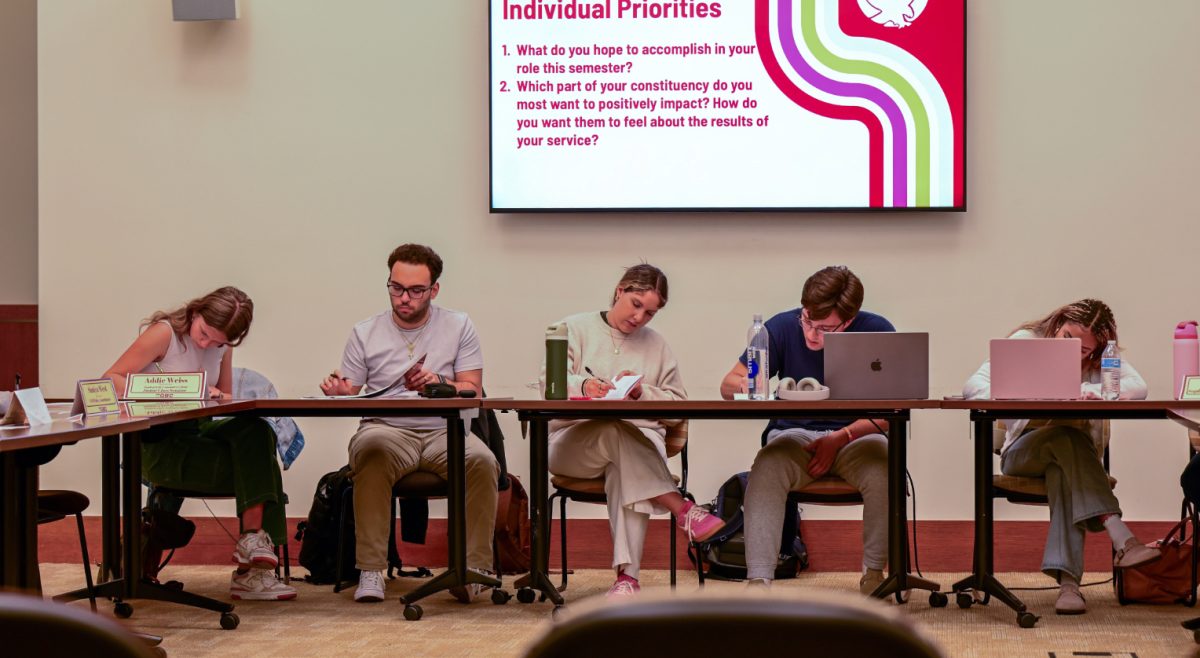“People are dying younger than ever before, and that is not due to COVID,” she said.
Fortuna, alongside Robert Walker and Andrew Bohm, presented a symposium titled Addressing Health Inequities in Life Expectancy through Community-Engaged Research at Boston College on Thursday. The BC School of Social Work and the Health and Mental Health Field of Practice sponsored the event.
The three created the Collaborative Design For Recovery and Health—a platform where patients and scientists around the world can share research to combat early mortality rates.
The platform’s research has been featured in over a hundred peer-reviewed publications, in smartphone apps creating a biosensor to diagnose pre-clinical schizophrenia, in seminars and trainings, and has received several grants, Fortuna said.
According to Fortuna, she and her colleagues are also researching trauma in people with serious mental illness. Fortuna said that empirical literature fails to explain the role trauma—acute, chronic, or complex—has in early mortality rates.
“Ninety percent of people with a diagnosis of a SMI have experienced trauma,” Fortuna said. “It leads to all sorts of health impacts, and all the health interventions and programs out there do not address trauma.”
It is imperative that medical and mental health facilities have new programs and services to provide a type of trauma screening, Fortuna said, in order to have a serviceable impact on this population.
Bohm also spoke about the impact people with SMI can have on their families, and how there is not enough support for those family members. Addressing and researching questions about this kind of support is the first step to making change within this system, Bohm said.
Bohm then explained precision medicine—medicine that is tailored to individual patients. He said the push for precision medicine is an attempt to individualize care by taking into account different socio-demographic, environmental, and lifestyle factors.
“Tailoring someone’s care isn’t necessarily just as simple as saying, ‘Oh, you have this diagnosis, here’s your pill,’” he said. “It absolutely provides protection, but it doesn’t necessarily treat that patient—it treats that condition.”
More research on precision medication could have a huge impact on individual patients, Bohm said, as it would fit their specific needs. He said his team is figuring out the best way to deliver this research to patients and service providers.
The speakers then opened up the conversation for attendees to ask questions.
Nancy Fennell, an attendee and director of the Behavioral Health Clinical Learning Collaborative in New Hampshire, shared how her profession relates to this research.
“What I’m really discovering, just in our small state of New Hampshire, is how many initiatives are working on peer support development,” Fennell said. “How in the world can we bring these groups together?”
Walker admitted he does not yet have a definitive answer. Separate initiatives are unintended side effects of the new focus on behavioral health, he said, and there have not been many opportunities for coordination, despite the field’s increasing gain of funding.
“What was a ‘behavioral health funding’ need four years ago, is going to be a ‘behavioral health workforce’ need now,” Walker said.
Sarah Laterza, a graduate student at BC’s School of Social Work, shared her thoughts on the many aspects of social work research.
“I originally came to this talk because I wanted to learn more about health disparities in older adults, especially since most of my classes focus on kids and families,” Laterza said. “However, what I found most interesting is how this research is able to utilize so many different professions. It really shows how social work is an interdisciplinary field.”













